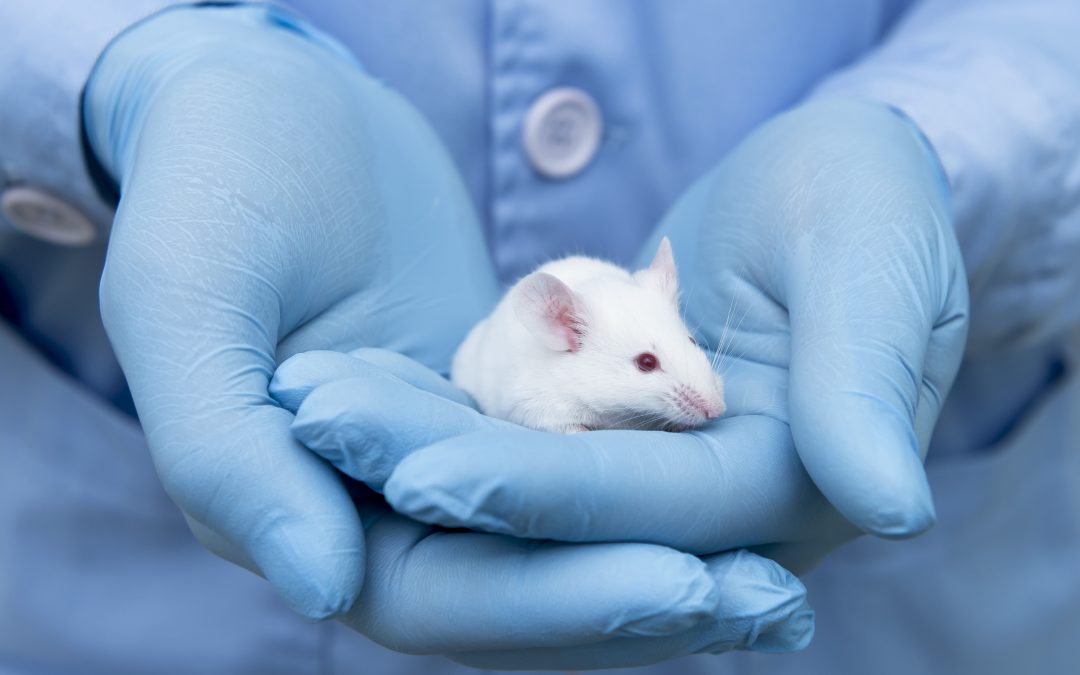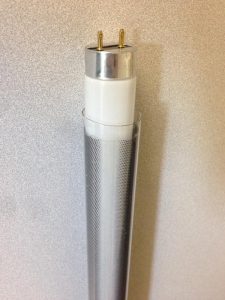Many rodents are nocturnal. However, even rodents that are active during the day tend to prefer darker areas. Most rats, for example, have adapted to be accustomed to spending daylight hours largely sheltered from light sources. This makes lighting control in habitats used for rodent research an important variable to be considered. However, lighting control encompasses more than just light intensity. Things like the duration of exposure, pigmentation of the animal, age, species, and sex of the animal are just some of the other factors that need to be considered. Additionally, many rodents used in research applications are albino, which makes them more susceptible to light than other varieties. Because of this, albino rodents have been used in establishing baselines for illumination levels.
So what light levels are appropriate for housing rodents? According to the US National Research Council’s Guide for the Care and Use of Laboratory Animals, the light experience of each animal can affect its light sensitivity, but in normal cases light intensity at the cage level should be between 12 and 30 foot candles (130-325 lux). The normal fluorescent bulbs in our Rodent Incubators produce light intensity between 80-100 foot candles (860-1080 lux) at the cage, which is quite strong. A glass door in the incubator (with no timed light control) could allow the room lighting to provide the correct illumination, but we wanted to provide a better option for researchers looking for less intense, and timed, lighting within the chamber. Powers Scientific now offers dimmable light covers on our Rodent Incubators. These light covers are plastic bulb sleeves with graded black striping to block some of the light emitted. The striping changes in density around the cover so that as the covers are rotated around the bulb, more or less of the light is blocked depending on the direction you twist it. With the light covers mounted, light intensity inside the chamber is reduced to 10-40 foot candles (105-430 lux), depending on how the covers are oriented. With these light covers, our chambers are capable of providing low-intensity lighting conditions for many applications.
The type of light also matters when housing rodents. Fluorescent lights are preferable to incandescent bulbs. Among fluorescents, both cool white and warm white lights are preferred. LED lights are also acceptable. Powers Scientific Rodent Incubators come with cool white fluorescent lights as a standard feature, the ideal type of lighting for housings rodents. Cool white LEDs are also available if that is desirable for your application.
Another important factor in the lighting environment for rodents is the day/night cycle, or photoperiod. The photoperiod is critical for regulating reproductive behavior, body weight gain, and feed intake in many rodent species. While the duration of the light period should usually be between 12-14 hours, the consistency of the cycle is the critical variable. That’s why all of our Rodent Incubators come equipped with clock-controlled lights and opaque doors. The clocks can be set up with up to 20 different programs to control the lights, making it easy to regulate the day/night cycle for most research applications.
For more information about our Rodent Incubators or to request a quote, visit our Contact Us page or call us at (800) 998-0500.


